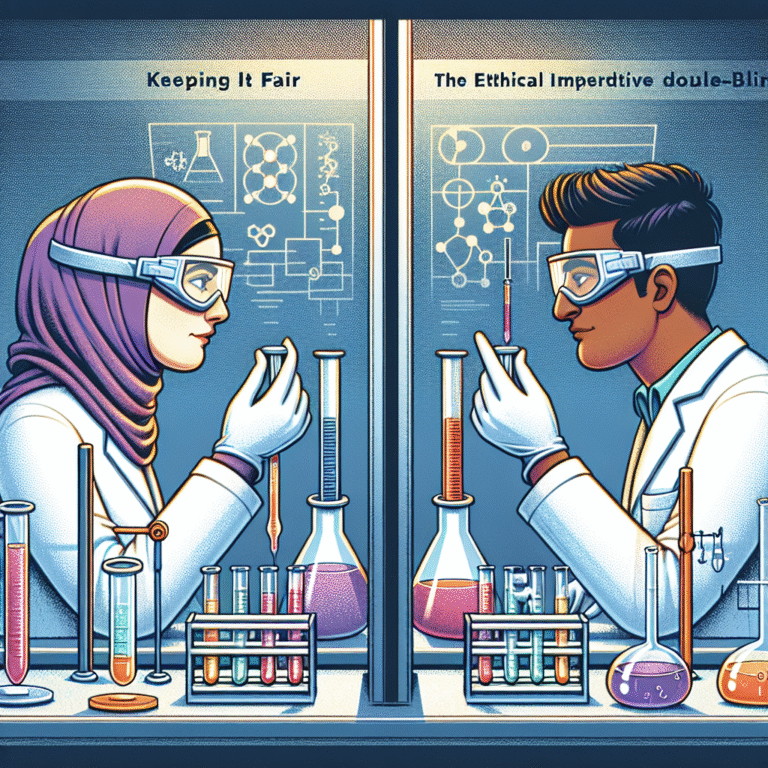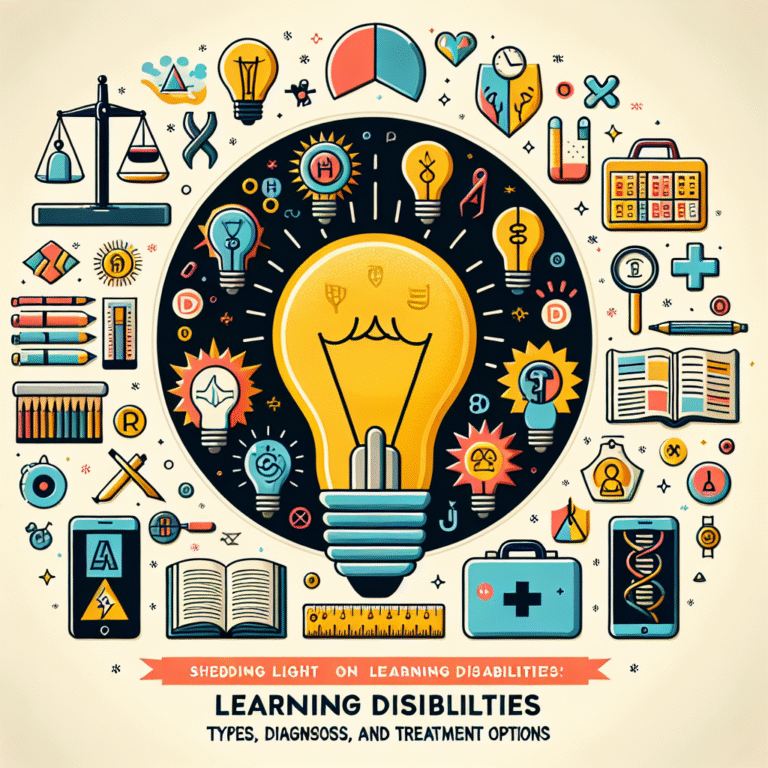
Introduction
Imagine a world where the effectiveness of new medications could be understood without the biases that often cloud clinical judgment. The power of anonymity in research has the potential to unlock unprecedented clarity, especially in drug testing. But how does this magic happen? Enter the double-blind study—a gold standard in research design that strips away bias and elevates scientific integrity. In this article, we will explore The Power of Anonymity: Why Double-Blind Studies Matter in Drug Testing, covering everything from methodology to real-world applications.
Understanding Double-Blind Studies
What is a Double-Blind Study?
A double-blind study is a type of clinical trial in which neither the participants nor the researchers know who is receiving the treatment and who is receiving a placebo. This anonymity is pivotal in eliminating preconceived notions and biases that could skew results.
Key Features:
- Both researcher and participant anonymity
- Random assignment to treatment or control groups
- Placebo control to benchmark efficacy
The Role of Anonymity
The power of anonymity lies in its ability to create an environment where data speaks for itself, free from subjective influences. When participants believe they are receiving an active treatment, it can help prevent psychological factors from affecting the outcomes. A study published in The Journal of Medical Ethics demonstrated that patients who were informed they could receive a placebo showed a reduced placebo effect, highlighting how expectations can color results.
Importance in Drug Testing
Drug testing often confronts a multitude of biases—whether stemming from the researchers, the patients, or even the pharmaceutical companies. The anonymity cultivated in double-blind studies is a vital cog in the machine that drives objective and reliable findings.
The Scientific Basis: How Double-Blind Studies Work
Randomization and Control Groups
In double-blind studies, participants are randomly assigned to either the experimental group (receiving the treatment) or the control group (receiving a placebo). Randomization ensures each participant has an equal chance of being assigned to any group, minimizing the influence of confounding variables.
Table: Summary of Study Design Elements
| Element | Purpose |
|---|---|
| Randomization | Eliminates selection bias |
| Control Group | Provides a baseline for comparison |
| Double-Blind Design | Removes bias from both participants & researchers |
Data Collection and Analysis
Once the trial concludes, the data collected from both groups is compared to ascertain the treatment’s efficacy. Through rigorous statistical analysis, researchers can determine whether the observed effects are due to the treatment itself or simply the placebo effect.
Case Study: The Antidepressant Study
In a landmark study on antidepressants, researchers employed a double-blind design to evaluate the effectiveness of a new medication compared to a placebo. The results showed that while both groups experienced improvements, the individuals receiving the actual medication had significantly improved outcomes compared to the placebo group.
Analysis: Relevance of the Case Study
This case exemplifies The Power of Anonymity: Why Double-Blind Studies Matter in Drug Testing. The unbiased design of the study allowed for clearer insights into the medication’s true effectiveness, free from the psychological pressures that participants might have faced in a non-blind scenario.
The Ethical Aspect
Ethical Considerations in Drug Testing
Ethics often come into play when discussing clinical trials. The anonymity provided by double-blind studies ensures that participants are treated fairly. It minimizes the risk of coercion and allows participants to make informed decisions without being influenced by the researchers’ biases.
Regulatory Standards
Regulatory bodies such as the FDA mandate the use of double-blind studies for the approval of new drugs. This requirement underscores the importance of The Power of Anonymity: Why Double-Blind Studies Matter in Drug Testing in achieving ethical and scientific standards in pharmaceutical development.
The Broader Implications of Anonymity
Impact on Public Trust
In an age where misinformation can spread rapidly, public trust in drug testing is essential. Double-blind studies help to ensure credibility and foster confidence in the results.
Global Health Innovations
Double-blind studies are not just limited to drug testing; they extend to various forms of healthcare and psychological studies. Their robust design paves the way for innovations that can have far-reaching impacts on global health.
Challenges and Limitations
Potential Issues with Double-Blind Studies
While the benefits are clear, double-blind studies are not without challenges. Some drugs may have obvious side effects that can reveal to participants what treatment they’re receiving. Such “unblinding” can introduce bias.
Cost and Complexity
Conducting double-blind studies can often be more costly and logistically complex than traditional trials. Nonetheless, the benefits of rigorous research design typically outweigh the challenges, particularly in the long run.
The Future of Drug Testing: Innovations on the Horizon
Technology and Data Analytics
As technology evolves, the future of double-blind studies looks promising. Advanced data analytics, machine learning, and artificial intelligence can streamline trial design, patient recruitment, and data interpretation.
The Role of Virtual Trials
Virtual trials may also revolutionize the double-blind design, enabling broader participation and improved data collection while maintaining anonymity. Imagine a world where participants can join from anywhere, and confidentiality is upheld at every intervention.
Conclusion
The importance of The Power of Anonymity: Why Double-Blind Studies Matter in Drug Testing cannot be overstated. As we stand on the brink of new medical breakthroughs, the integrity provided by this research method safeguards our journey toward effective and reliable treatments.
By embracing double-blind studies, the medical community not only upholds ethical standards but also fosters trust and respect among participants. In a world filled with uncertainty, let the clarity of double-blind studies illuminate our path forward in drug development.
FAQs
What is a double-blind study?
A double-blind study is a research design where neither the participants nor the researchers know who is receiving the treatment or the placebo, minimizing bias.Why is anonymity important in clinical trials?
Anonymity helps prevent biases and ensures that the results reflect the treatment’s true efficacy without external influences affecting the outcome.Are double-blind studies always required?
While not all studies require a double-blind design, regulatory bodies like the FDA often mandate it for drug approval to ensure scientific integrity.What are the limitations of double-blind studies?
Challenges include potential unblinding due to noticeable side effects and higher costs associated with more complex study designs.- How do double-blind studies contribute to public trust?
By minimizing bias and ensuring reliable data, double-blind studies enhance the credibility of research findings, securing public confidence in new treatments.
By utilizing the power of anonymity, we can ensure that drug testing remains a cornerstone of innovation in healthcare, ultimately leading to safer and more effective treatments for all.

















